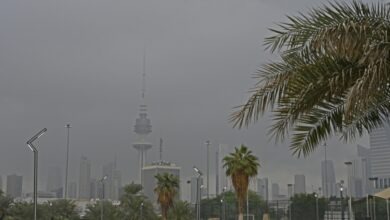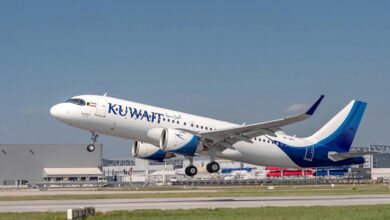
In a notable shift for Kuwait’s energy sector, the total value of active oil projects has surged by nearly a third, reaching $18.5 billion as of July, according to data published by MEED magazine.
This marks a sharp increase from $14.3 billion in May 2024, driven by a wave of new project planning and pre-execution activity. However, while the upward trend is encouraging, the figure remains significantly below the 2019 peak of $65 billion—a reminder that the sector still has a long road ahead toward full revitalization, reports Al-Qabas daily.
The current portfolio includes both ongoing construction and projects still in the early design or preparatory stages. Yet, MEED’s analysis highlights a striking imbalance in the progress of these projects. Those already under implementation saw a 12% decline in value, dropping to $5.3 billion.
On the other hand, projects still in preliminary study stages grew by 41%, totaling $3.1 billion. Similarly, the tender evaluation phase saw a dramatic rise, from just $180 million to $3.3 billion. Meanwhile, preliminary engineering projects slightly declined, and those awaiting bidding jumped by 70%, reaching $2.3 billion.
This uneven progress paints a picture of an industry in cautious transition. MEED estimates that if all goes according to plan, Kuwait could award contracts worth $5.6 billion before the end of the year. However, delays in pre-execution phases raise doubts about the timeline’s feasibility.
Further complicating the outlook are postponements in tender deadlines. The Kuwait Oil Company (KOC) has delayed bids for five strategic projects valued at over $2 billion. Among them are a separation facility estimated at 292 million dinars ($951 million) and a pressure boosting station in ‘Matariya’, projected at 130 million dinars ($420 million). These delays highlight underlying bottlenecks in execution and procurement planning.
A central issue appears to be the growing gap between government cost estimates and the actual bids submitted by companies. For example, Petrofac’s offer for the Separation and Gathering Facility (SGC-2) exceeded the budget by more than double. In another case, the lowest bid for a new fuel depot in Al-Mutlaa surpassed the budget by 43%. Experts suggest these discrepancies signal the need for budget realignments in line with real-world market dynamics, particularly for projects currently in the bidding stage.
Still, there are signs of forward momentum. One such development is a $50 million flare gas recovery project proposed by the Kuwait National Petroleum Company (KNPC) at the Mina Al-Ahmadi refinery. The project, designed by Greek firm Asprofos Engineering, includes the construction of three separate recovery units targeting flare gas from the refinery, high-pressure gas plant, and sour gas plant. Bids for the project are due by August 12.
This initiative is part of a broader national effort to reduce gas flaring. Last October, Kuwait Petroleum Corporation (KPC) reiterated its commitment to lowering emissions across its operations. Since 2020, KOC has reportedly succeeded in cutting gas flaring to below 1%, down from 17% in 2005.
The Kuwait Gulf Oil Company (KGOC), which oversees Kuwait’s share in the Neutral Zone shared with Saudi Arabia, is also investing in technologies to bring flaring rates down to 1% in the medium term.
KPC has set ambitious goals: to eliminate routine gas flaring in domestic oil production by 2030 and across all its subsidiaries by 2040. The success of projects like the Mina Al-Ahmadi flare gas initiative will be key to reaching those targets—and perhaps to reigniting the broader momentum Kuwait’s oil sector needs.












